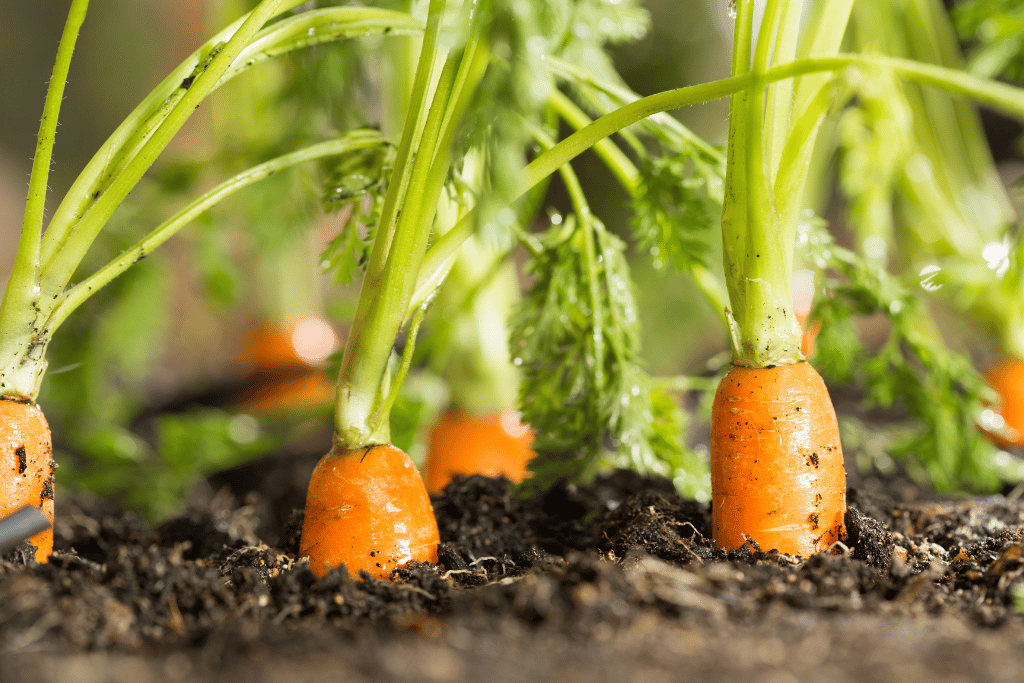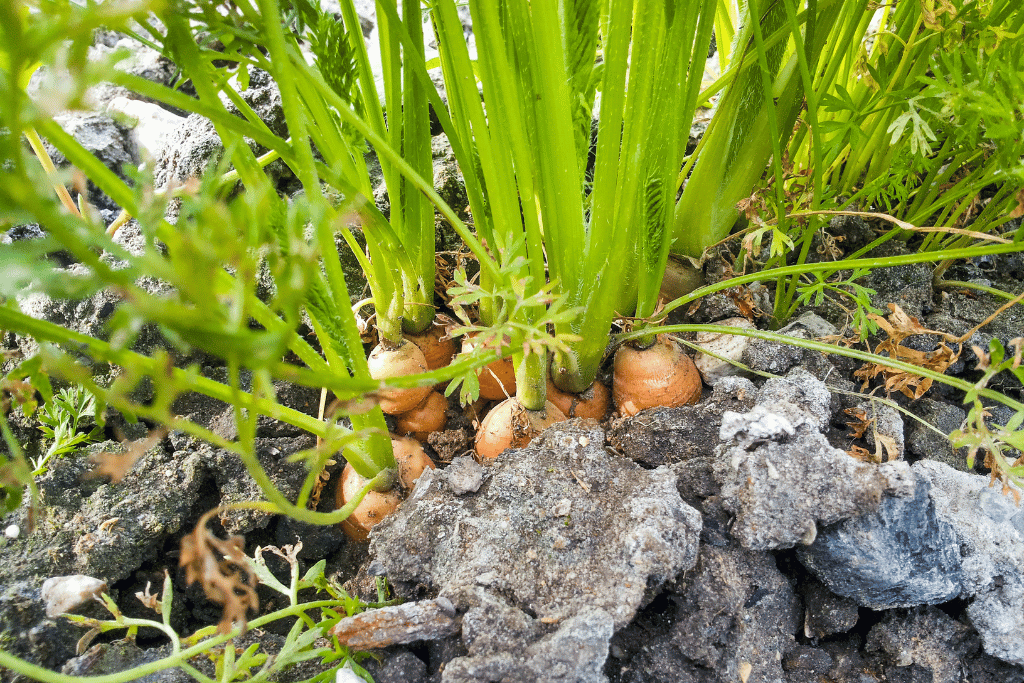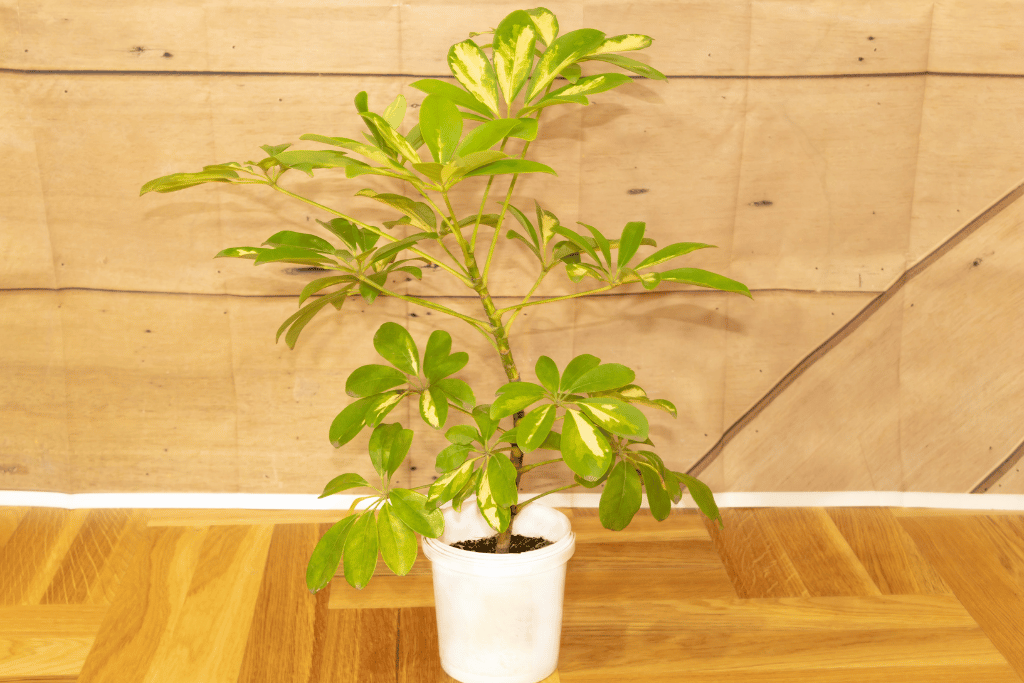
Carrots, the ultimate bunny buddy. But why are these crunchy, orange veggies so darn special? Well, it’s not just because they taste delicious raw, cooked, juiced, or even as cake! It’s also due to their wild journey from seedling to a plump and juicy vegetable.
Let’s learn something amazing about them, shall we?
Long ago, carrots weren’t the orange veggies we know today. Instead, they were yellow and purple! It was only during the 16th century that Dutch farmers began to cultivate carrots in oranges as a tribute to their royal family – the House of Orange. Nowadays, carrots come in an array of exciting colors: white, purple and yellow.
Alright, carrot farmers, let’s get ready to delve into all the juicy details of cultivating these iconic orange veggies! If you follow some simple instructions, you can start growing your own carrots with just soil, water, and a bit of willingness to get your hands dirty. Harvesting your very own garden-fresh carrots will then become possible.
So, let’s get into the details and learn about the various carrots growing stages and see where it takes us.
Step-By-Step Carrots Growth Stages
Carrots, a nutritious and widely-rooted veggie, have been around for centuries. To get the most out of your harvest, you have to understand the carrots growing stages.
Stage#1 – Plantation stage

The plantation stage is the first stage of carrot growth, and it involves planting the seeds in the soil. Since this is the early stage of carrot growing stages, you must make sure it proceeds right. Several factors must be considered, such as soil quality, planting depth, and seed spacing.
To promote the best root growth and germination potential for carrots, it’s essential to have soil with good drainage and a pH between 6 and 7.
Tilling to a depth of 6-8 inches can help make the soil more loose, enabling better seed development.
Planting the seeds at 1/4 – 1/2 inch deep, and with 2 inches of space between each seed in rows 12-18 inches apart is most ideal. If the seeds are planted too shallow or too deep however, this could lead to poor germination and stunted growth.
Be sure to watch out for any rocks or sticks that can impede on the proper growth of your carrots.
Another important factor to consider during the plantation stage is soil moisture. Carrots require consistent moisture throughout their growth cycle, but overwatering can lead to root rot and other problems. Soil moisture can be maintained by watering the plants deeply once a week or more frequently if necessary.
Some other tips for carrot growing include adding a layer of mulch around the plants. Mulch helps retain moisture and keeps weeds from competing with your carrots for resources. You can also add fertilizer or compost to the soil prior to planting or during cultivation to give your carrots an extra boost.
Stage#2 – Germination stage

The second stage of carrot growth, germination, is when the seed absorbs water and starts to break down its stored energy – leading to the emergence of an embryonic root and shoot. The length of this phase may vary from 1-3 weeks depending on the variety of carrot and the soil’s moisture and temperature levels.
To ensure healthy germination, the soil should be kept moist but not waterlogged. While ample light should be provided to promote strong stem and leaf development.
Stage#3 – Seedling stage

The third vital step for a successful carrot plant is the seedling stage. In this stage, you’ll see the seed come alive, bursting through the dirt. It may take one to three weeks before this moment of transformation, depending on the variety and external elements such as temperature and ground wetness.
To ensure optimal growth and flourish, you need to provide sufficient light and liquid – don’t go overboard though, because too much water can cause the seed to rot and spoil.
Once out of the soil, two cotyledons will be present; these are the initial leaves that help give energy to the plant through photosynthesis until true leaves form.
Light is essential for a strong root system and should be provided once true leaves have formed, ensuring the establishment of a strong base for future development.
Stage#4 – Vegetative stage

Carrots are known for their long, slender taproots and during the vegetative stage of growth, this system begins to expand at a rapid rate; forming branches which anchor the plant firmly in the soil and absorb nutrients from it. Additionally, new leaves start to form every two to three weeks, each set larger and more beautiful than before. As the leaves grow they aid in photosynthesis, providing the energy needed for the plant to thrive.
Lastly, the tubular root (the precursor to the mature carrot) starts to elongate and develop its characteristic shape. During this stage it is essential that soil moisture levels are kept consistent and adequate nutrients are provided; as these factors can have a huge impact on the growth of the taproot and tubular root. The entire vegetative stage typically takes eight weeks and proper care during this period is key for ensuring a successful crop.
Stage#5 – Root development stage

The period when the carrot root commences enlarging and maturing is referred to as the root development stage. This usually begins 8-12 weeks after planting, a critical stage for producing top-notch mature carrots.
For this phase, it is important to guarantee that the soil has enough depth and softness for proper root growth. This can be done by frequently tilling the soil and introducing organic matter like compost or aged manure.
At the same time, it is vital to observe soil humidity and fertility carefully during this root growth stage. Overwatering or under-fertilizing may result in dwarfed or warped roots which has an influence on the quality of the yielded harvest.
Furthermore, it is necessary to take into consideration soil moisture and fertility very attentively during the root development stage as an excess of water or inadequate fertilization can result in stunted or misshapen roots which could have a detrimental effect on the grade of the resulting crop. Consequently, making sure that the soil has the right degree of depth and softness is key to obtaining optimal root growth. This can be achieved by regularly tilling the soil and introducing organic matter such as compost or aged manure.
To summarize, root development during carrot farming is a crucial stage for obtaining high-grade mature carrots and should be managed with care to ensure proper root development. Regularly tilling the soil and incorporating organic matter such as compost or aged manure is essential for this phase. Moreover, it is important to keep an eye on soil moisture and fertility to prevent stunted or deformed roots from impacting the quality of the harvest.
Stage#6 – Maturation stage

The maturation stage is the final stage of carrot growth, marked by the development of mature foliage and root coloration. Proper harvesting techniques during this stage are critical to ensure that the carrots are of high quality and have maximum nutritional value.
Signs of maturity:
The first step in harvesting mature carrots is to identify signs of maturity. The foliage of mature carrots will typically turn yellow or brown and start to wilt. The root coloration will also become more intense, with mature carrots taking on a bright orange color.
Harvesting techniques:
Once the carrots have reached maturity, they can be harvested using a variety of techniques, depending on the size and density of the crop. Here are three common harvesting techniques:
Hand harvesting:
For smaller gardens or single plants, hand harvesting is the best choice. With a trowel or garden fork, carefully loosen the ground around the carrot and delicately extract it. Take caution in not damaging either the vegetative product or its taproot during this process.
Mechanical harvesting:
Where larger scales are concerned, mechanical harvesting can be employed for a more rapid approach. This method entails a blade or rotating drum which severs the upper portion of the carrots, followed by a conveyor belt which lifts them from the soil.
Pulling:
Another common technique for harvesting carrots is pulling. This involves grasping the carrot at the base of the foliage and pulling it out of the ground. Be sure to pull gently and steadily to avoid breaking the carrot or damaging the taproot.
Post-Harvest handling:
When the carrots have been collected, it is critical to handle them gently so they are not harmed and will persist for a long time. After taking away any additional dirt, store the carrots in a dim area where the humidity is high. If you keep them in an environment with these criteria, then carrots can remain good for multiple weeks or even months.
Stage#7 – Dormancy

Carrots reach a stage of maturity, after which they enter into a period of inactivity known as dormancy. During this span, the plant slows its metabolic functions and preserves energy for future growth. This period can range from several weeks to months and depend on the environment as well as the type of cultivar it is.
Stage#8 – Flowering

If carrots have stayed in the soil after they reach their full-grown stage, then it is likely that they will commence flowering. Although this is a normal part of the plant’s life cycle, gardeners generally regard this as undesirable since it could be a sign that their nutritional value and quality of the root has dropped considerably. Carrots usually send out a long stem with a bunch of petite, white flowers on its apex.
Stage#9 – Production of seed
Once the carrots have flowered, they will begin to produce seed. The seed production stage is important for the continuation of the carrot plant’s life cycle and for the cultivation of new plants. Gardeners who wish to save seed from their carrot plants should allow the seedheads to fully mature and dry out on the plant before harvesting them.
During the seed production stage, the plant’s energy is focused on the development and maturation of the seeds.
Once the seeds have gone through their natural maturation process, they will be ready for harvest. Usually, these kernels are tiny and black in color with a hard casing that encases the delicate embryo within. After collection, these fruits of nature can be kept for future germination.
Frequently Asked Questions (FAQ)
Can carrots be grown year-round?
Carrots are a versatile crop, able to be cultivated all year round as long as the climate and environment meet appropriate requirements. In temperate areas, farmers can maintain an almost perpetual cycle of carrot cultivation with careful management and maintenance. With the right dedication, carrots can be grown throughout the year without too much difficulty.
What are some common problems that can occur during carrot growth?
For successful crop growth, the cultivation of carrots should be divided into several stages: seed germination, seedling growth, root development and maturation. Each stage demands a different atmosphere and practices to ensure proper growth.
To prevent significant losses due to poor germination, pest infestations or disease outbreaks it is necessary to keep an eye on the development of carrots during every phase, and take immediate action to maintain a healthy growth. It is important to address these issues quickly so as to ensure successful crop growth.
What are the best soil conditions for growing carrots?
Carrots will thrive in soil that’s loose and free-draining, with a pH between 6 and 7. Clear away any rocks or clumps so their roots stay nice and smooth – nope to deformity! Feed ’em up with plenty of organic matter and nutrients for the happiest carrots around.
How often should carrots be watered during each stage of growth?
When it comes to carrots, keep them wet! During the early stages of growing carrots, give your carrots a nice gentle misting – don’t disturb the soil too much. Then as they mature, you can back off a bit and just give them a good deep watering once a week. But if the weather is hot and dry then maybe ramp it up to two or three times a week.
Bottom line: keep them moist and your carrot garden will thrive!
What are some common fertilizers used for carrot cultivation?
Carrots require a balanced fertilizer that is high in phosphorus, potassium, and nitrogen. Common fertilizers used for carrot cultivation include compost, manure, bone meal, and fish emulsion. Organic fertilizers are preferred since they improve soil health and provide nutrients gradually over time.
Can carrots be grown in containers or raised beds?
Growing them in containers or raised beds is totally doable, as long as the soil’s loose, well-draining and deep. Think 12 inches of depth for containers and 6 inches for raised beds. Oh, and when it comes to spacing between those carrots – keep them at least 2 inches apart so the roots can do their thing.




Pingback: How Long to Harvest Carrots From Seeds - Back Gardener